LAND HIDING THOUSAND-YEAR-OLD RELICS
The Tho Chua area in Binh Kieu village (Hiep Hoa commune, Hiep Duc district, former Quang Nam province), the common name of the alluvial land along the Tranh river (an upstream branch of the Thu Bon river), has long been known as an archaeological "hot spot". The high mounds near the banks of the Tranh river have always attracted the attention of researchers and antique hunters.
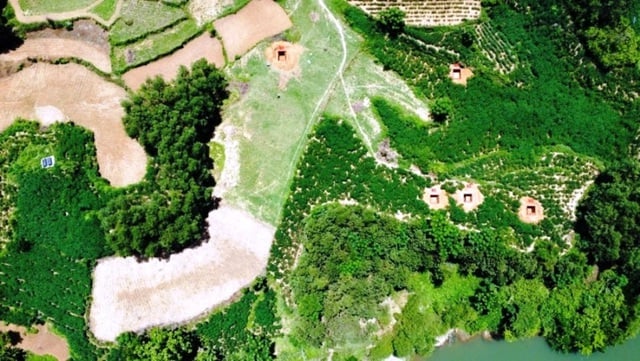
Location of exploratory pits in Tho Chua area
PHOTO: HA SUONG
In the late 1990s, spontaneous excavations occurred at Tho Chua, when local people rushed to search for antiques. At that time, many valuable artifacts such as ceramic jars containing ceramic burial objects and agate and precious stone jewelry, even bronze drums, two-headed animal earrings, iron objects and human remains were discovered, although not according to scientific procedures.
Recognizing the importance of this site, in 2023, Quang Nam Museum organized a survey of relics and archaeological sites in the province. At Tho Chua, the survey team collected on the surface a terracotta spinning wheel, 34 pieces of pottery jars and terracotta containers, all bearing strong Sa Huynh cultural imprints.
The biggest breakthrough is that recently Quang Nam Museum opened 5 archaeological exploration pits with a total area of 23 m2 and discovered 2 jar tombs, 1 urn tomb, 2 pot tomb clusters and many burial artifacts. Among them are stone axes, ceramic jars, ceramic jars, bronze objects, iron objects and especially glass jewelry, rolled glass and gold-plated.
In particular, the archaeological team discovered and restored many terracotta containers placed outside and around the ceramic jars. These are burial objects with many diverse types such as pots, cups, bowls, vases, bowls, ceramic lids, jar lids... dating back more than 2,000 years, belonging to the Sa Huynh culture.
Among the exploration pits, pit number 5 is particularly notable for its two jar burials located 95 - 180 cm deep. These jars are cylindrical in shape, gradually bulging towards the bottom, and have a light brown body. Funerary pottery is meticulously arranged around the jars, from the rim to the base. Inside the jars, archaeologists found iron burial objects and many multi-colored beaded plates.
In addition, 7 iron artifacts were found in the ceramic jars and under the pot graves of the exploration pit, including knives, swords, and axes. These artifacts have stable and professional shapes, reflecting the high level of metalworking of Sa Huynh residents, similar to what is commonly found in Southeast Asia in the early Iron Age. Interestingly, their shapes are still used in daily life to this day.
During this excavation, 3 blue bronze bowls, made of fragile thin bones, were also discovered between two clusters of ceramic pots in layers 6-7 of pit 1. Notably, on the surface of the Tho Chua area, archaeologists also found a terracotta spinning plumb line and a leech-shaped earring. These are all typical artifacts of the Sa Huynh culture, which have been found at many other sites in Quang Nam.
N MANY PRECIOUS ARTIFACTS
Mr. Tran Van Duc, Deputy Director of the Quang Nam Monuments and Museum Management Board, said that during this survey, archaeologists also discovered 7 gold-plated rolled glass beads and 242 colorful plate beads. These artifacts not only show the refined aesthetic taste but also show the extensive trade of Sa Huynh residents.
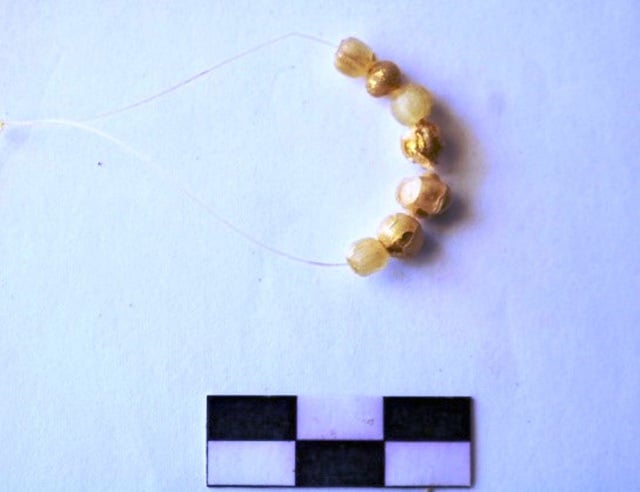
Gold plated rolled glass beads
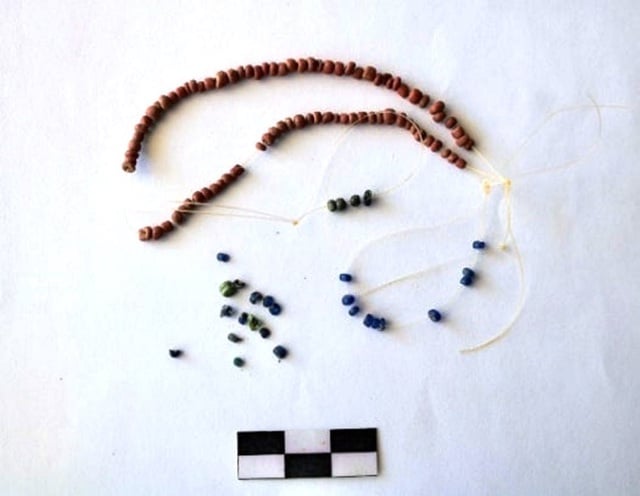
Beaded necklace of tombstones
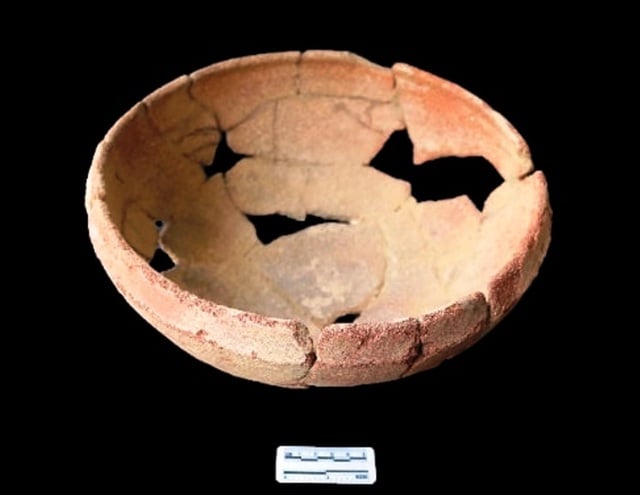
Ceramic pot discovered during exploration
Notably, the shape of the jars, the burial method and the arrangement of the burial objects in the two jars discovered in pit 5 have distinct characteristics compared to other Sa Huynh culture sites in Quang Nam. The jars are cylindrical with a truncated cone-shaped lid, but the gradually flaring part near the bottom of the jar is quite similar to the peach-shaped jars. The burial jewelry in the jars only consists of small, colorful beads; no stone or agate jewelry was found.
According to Mr. Duc, the overall relics and artifacts at Tho Chua show a burial area with diverse burial objects and a rather special burial method, when most of the burial ceramics were placed outside the tomb. This set of relics reflects the intra-regional and inter-regional exchange relationship of Tho Chua residents, not only with relics in the Thu Bon estuary but also further afield, with China and India. The process of collecting information from people about previous discoveries in the Tho Chua area also recorded the appearance of bronze drums and many other bronze containers, further reinforcing the hypothesis of strong trade.
Based on comparison and contrast of the types of relics, archaeologists determined that the Tho Chua site dates back relatively late, from around the 2nd century BC to the 1st century AD. This adds important information to the general picture of the development and transformation of Sa Huynh culture. "This discovery has opened up new and promising directions for research, investigation, survey and archaeological excavation in this area in the future," Mr. Duc affirmed.
Source: https://thanhnien.vn/phat-hien-khu-mo-tang-2000-nam-tuoi-185250717225023364.htm


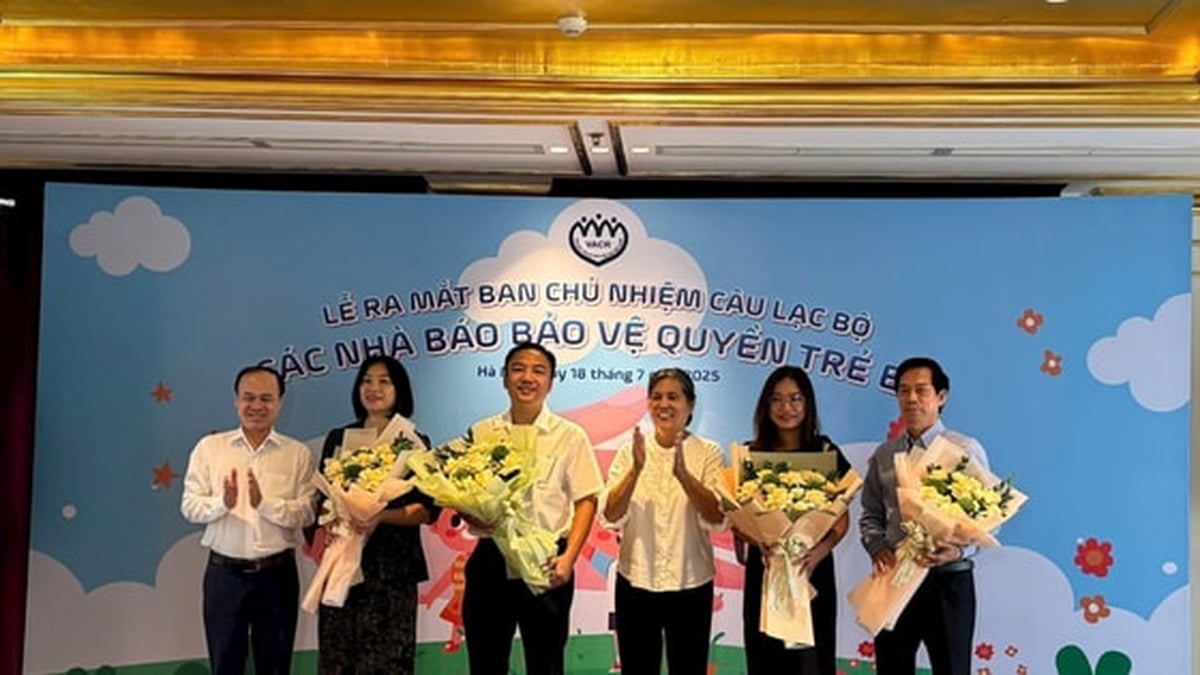
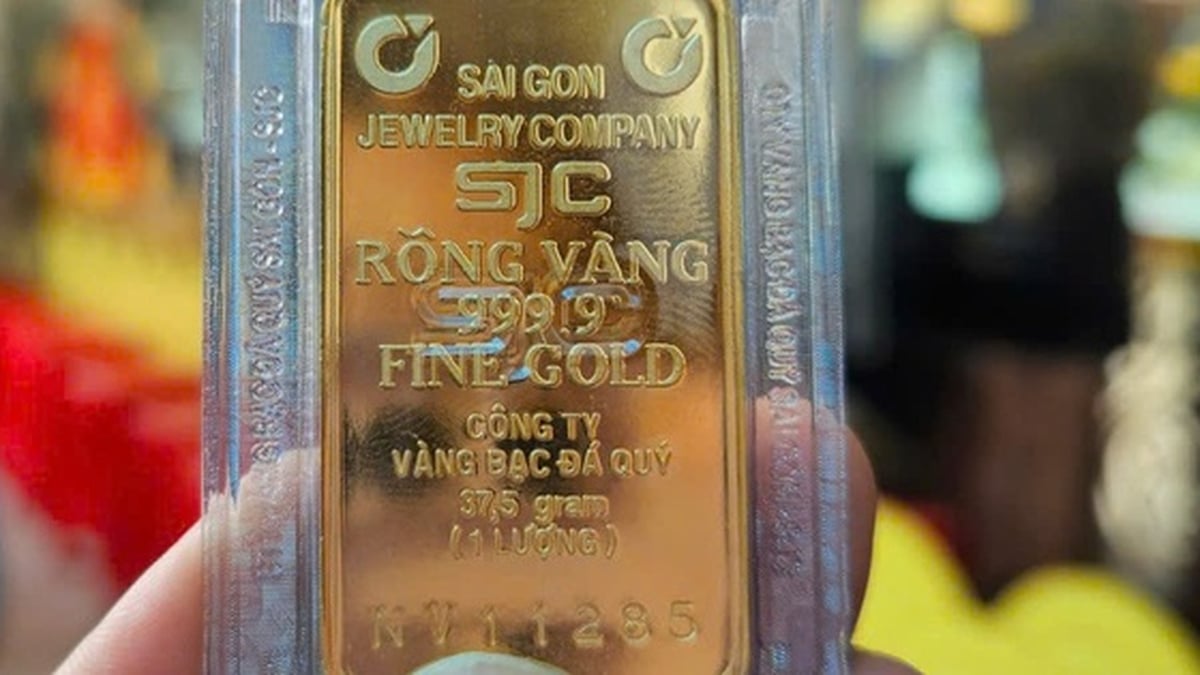
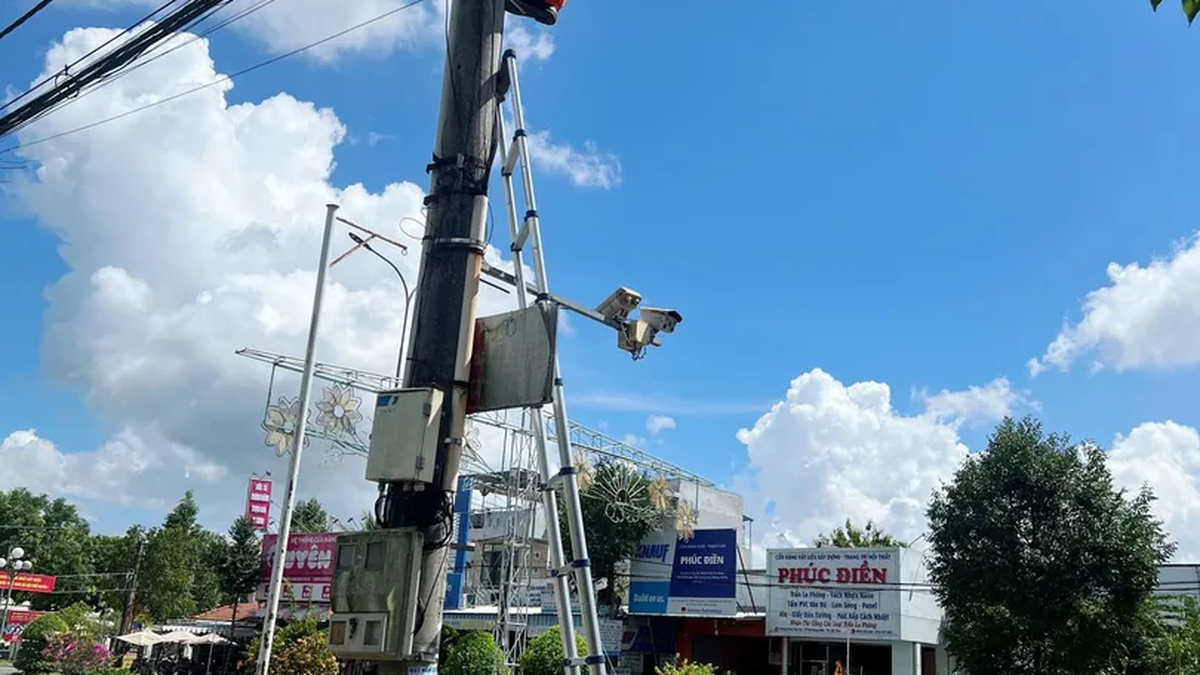



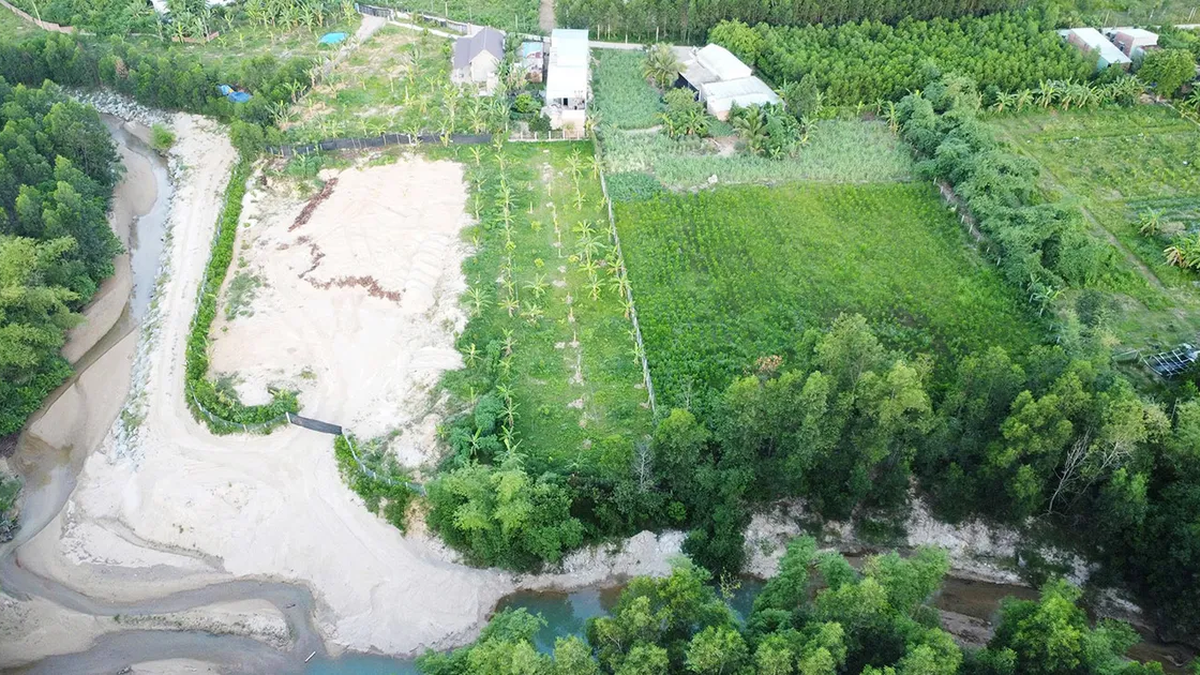
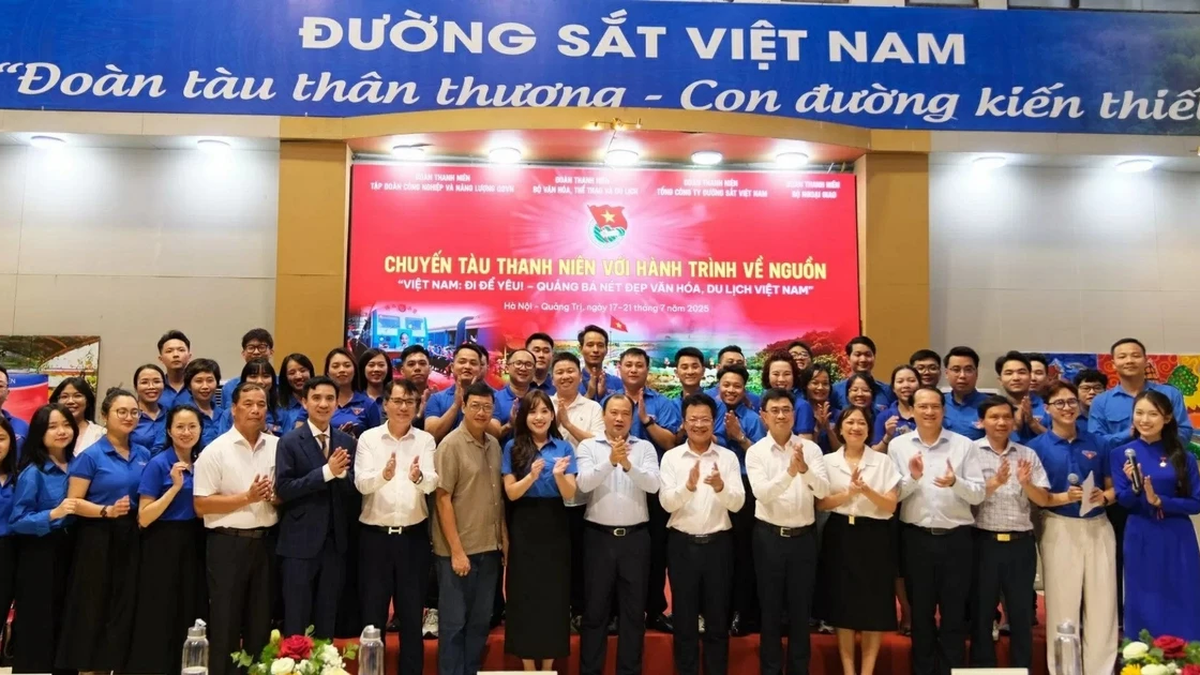
































































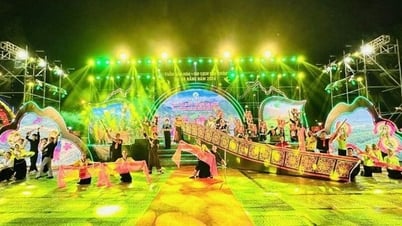


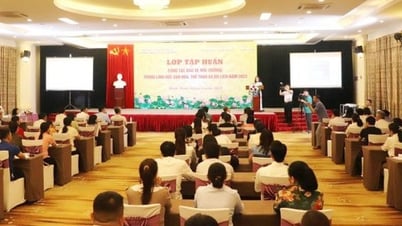









![[Infographic] In 2025, 47 products will achieve national OCOP](https://vphoto.vietnam.vn/thumb/402x226/vietnam/resource/IMAGE/2025/7/16/5d672398b0744db3ab920e05db8e5b7d)













Comment (0)